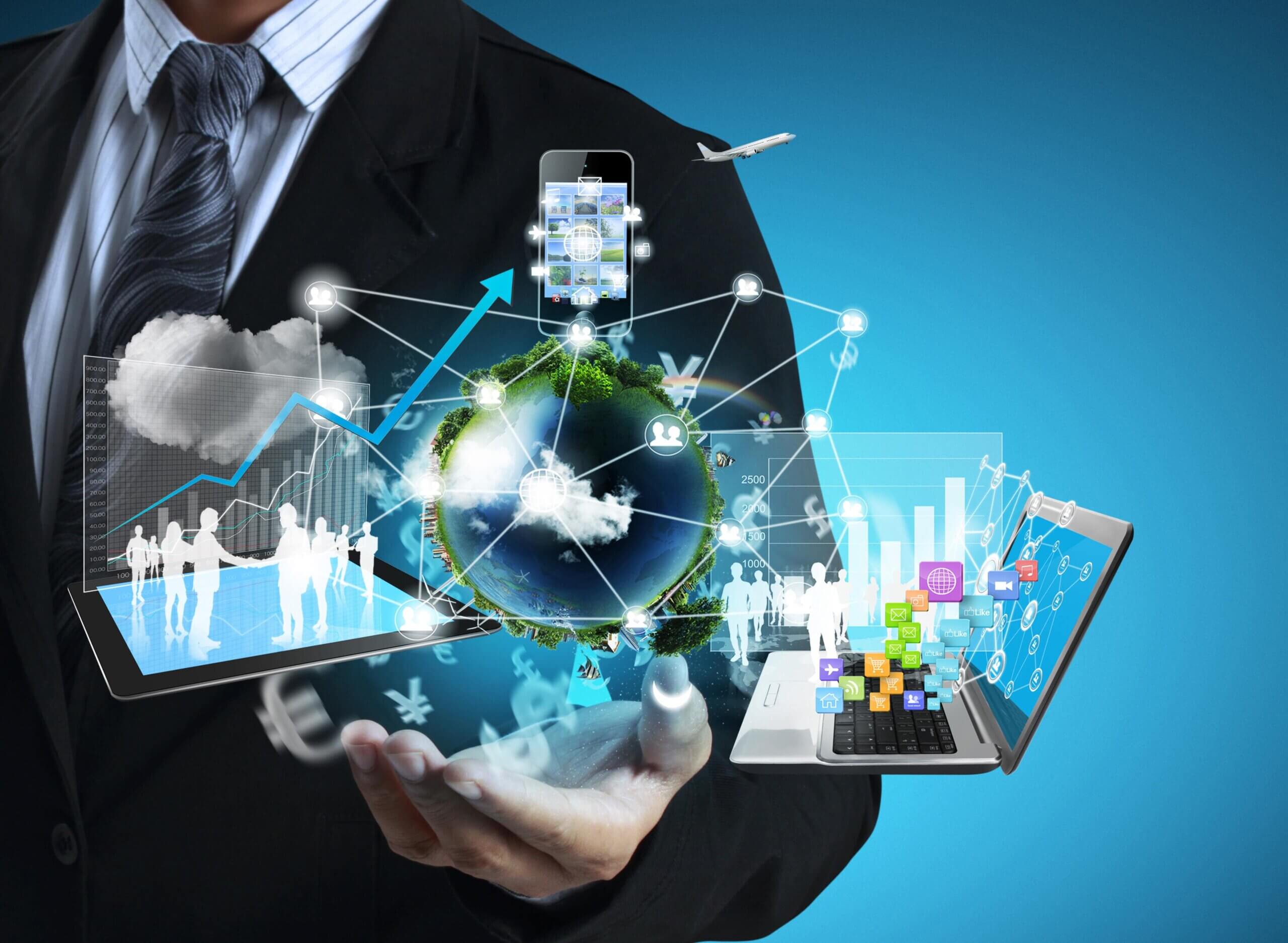The evangelist of new technology
Part 2: The Metaverse
“The asymmetric risk of being left behind is worth the incremental investment needed to get started and to explore this new digital landscape yourself.”
P. Morgan
The Chief Digital Officer must enable the organization to not just build for the digital audience of today. He/she must also take the conversation to where the customer is – the metaverse. Much like Deep Tech, the Metaverse is becoming the default and it is right up the CDO alley to evangelize this new digital technology. Since its launch in 2004, Facebook never felt the need to change its name for 17 years till 2021 when the pervasiveness of the Metaverse pushed them to rechristen itself to Meta.
To define it loosely, the Metaverse is a network of 3D virtual worlds centered around social connections. It is an online space for those who want to learn, socialize, collaborate, and/or play. Users have the option to interact with the worlds either on a screen or through a headset for a more amplified, unique experience. But the question remains, why the sudden pervasiveness or ubiquity?
The Rise of the Metaverse: Explained
Virtual realities have been a part of the world of technology for years now, but why has this sudden rise of the Metaverse expedited mass adoption? This can be attributed to 3 broad reasons:
- The introduction of next-generation computing abilities meant the rapid expansion of new technology.
- The COVID-19 pandemic accelerated a shift to the digitalization of everyday tasks – productive and recreational
- The increasing adoption of digital payments and currencies (read cryptocurrencies) translated to seamless transactions in the Metaverse
Research by McKinsey shows that the top 5 activities in the Metaverse are social, entertainment, gaming, travel, and shopping-related activities! According to the forecasted marketing impact by 2030, the net value of the Metaverse would be $2-$2.6 trillion for the e-commerce sector, $180bn-$270bn for the virtual learning market, and $144-$206bn for the advertising market. So, if you are thinking of technological advancement, think Metaverse!
The 7 Layers of the Metaverse
The Metaverse operates on 7 layers, each with its own functionalities and target demographics. Let’s look at them:
- Layer 1, Experience: This includes games and live events
- Layer 2, Discovery: This is attributed to the push and pull that introduces users to brand-new experiences.
- Layer 3, Creator Economy: In this stage, creators gain diverse tools, templates, and thriving marketplaces of content that can reorient development from a bottom-up, code-centered process to a more top-down, creativity-centered one.
- Layer 4, Spatial Computing: This involves voice and gesture recognition, 3D engines, and data integration.
- Layer 5, Decentralization: This ropes in distributed computing and microservices, along with blockchain technology.
- Layer 6, Human Interface: Here, you can find computers, smart devices, Oculus, and 3D-printed wearables that have been integrated into fashion and clothing with the help of miniaturized biosensors
- Layer 7, Infrastructure: Lastly, this consists of 5G networks, with a potential jump to 6G expected to increase speeds by a whole new magnitude.
Epic Games, the entity behind Fortnite recently extended its reach outside its core battle royale mode to include virtual interactions such as music events and dance parties. At a recent event, Travis Scott hosted a virtual event in the Fortnite Metaverse, and it was a huge success! While in-game, players can pay to select attire for their Avatars apart from other such revolutionary accessories.
NVIDIA has also struck a deal in the Metaverse market, and in a historical move, began to distribute free copies of a program built to develop Metaverse-ready assets termed the Omniverse. Apple has championed Head-Mounted System (HMD) virtual meetings apps that incorporate physical hand and arm movements to make virtual meetings more realistic and interactive.
The Benefits of Going Meta
Switching to the Metaverse has tons of advantages that are unthinkable in the real world. To begin with, affluent and tech-savvy customers are an easy draw in this virtual platform, making RoI generation seamless. Right next in line is the efficacy of omnichannel delivery for companies where they can integrate their products and services across verticals. RoI in the digital world delivered using digital tech through digital products – sounds like a mission accomplished for the CDO 😊
There’s a trend of fast-food chains setting up “shops” in the virtual Metaverse world to let customers order real food virtually and get it delivered to their physical doorstep. The attractive prospects promised by the Metaverse cannot be overlooked, as evidenced by its whopping predicted revenue increment of $800 billion in 2024 as opposed to $500 billion in 2020.
The growing popularity of the Metaverse is a testament to its success and its impact on the future of business. Data and digital monetization – delivered. That is what we are talking about here. And hence, this is where the CDO must focus!



